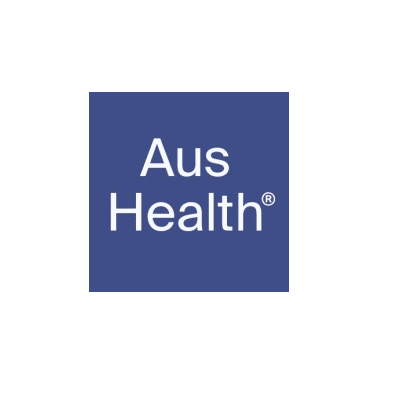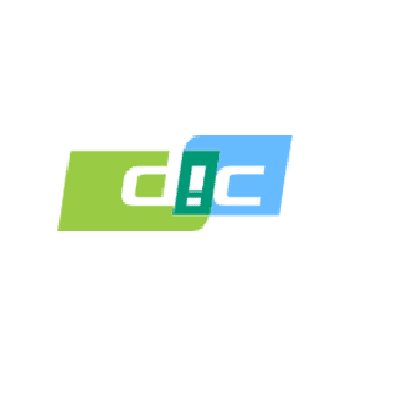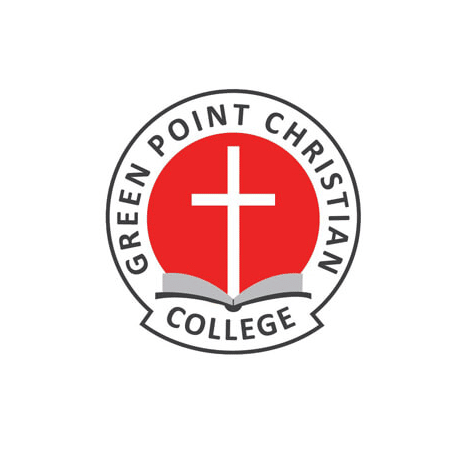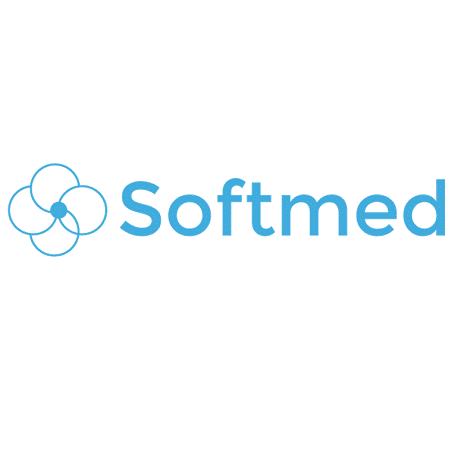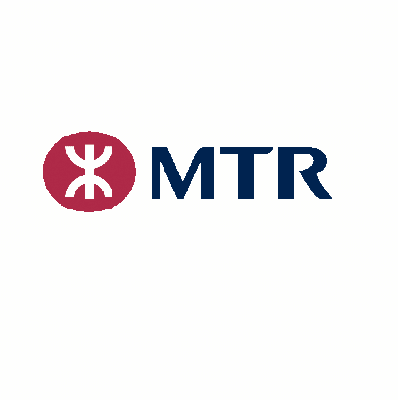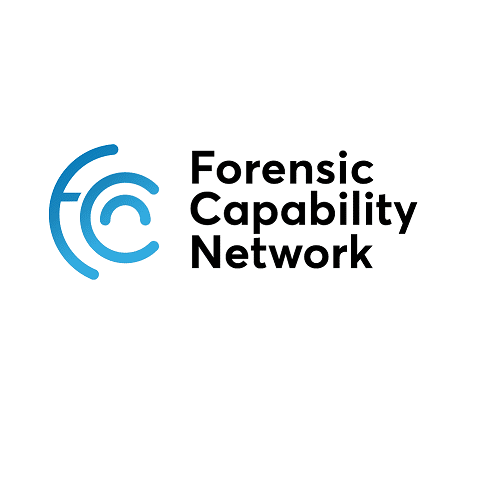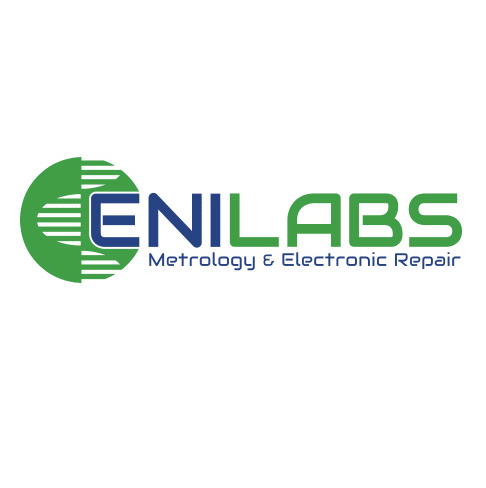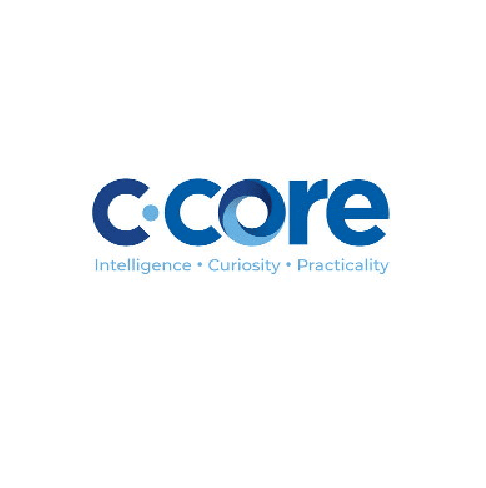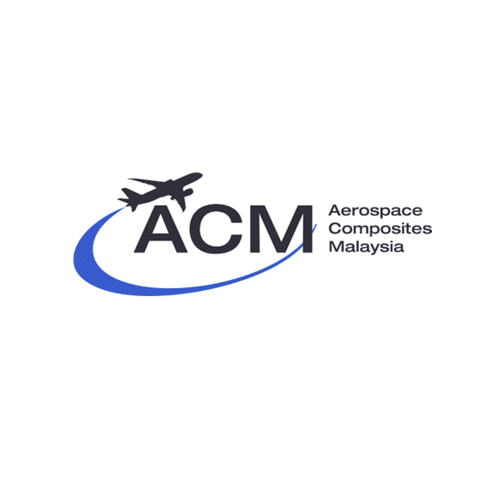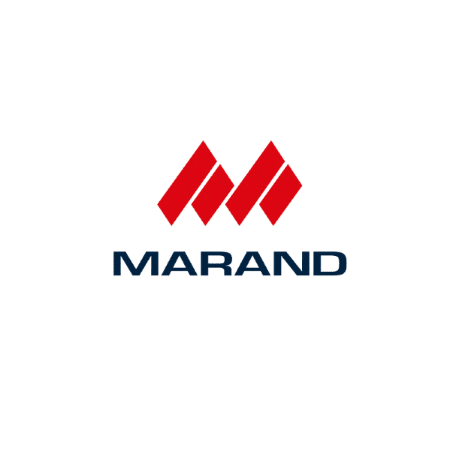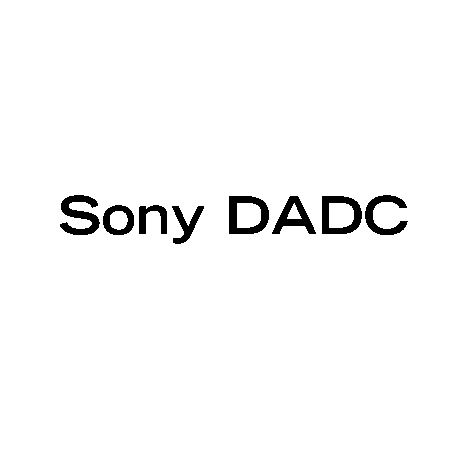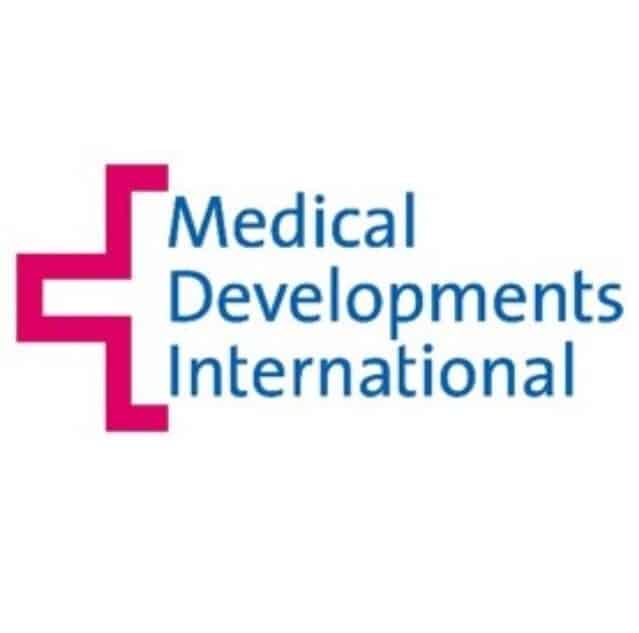
ISO 45001 SOFTWAREHealth and Safety / ISO 45001 : 2018 / Incident ReportingEquip your team to identify hazards, make risk-based decisions and reinforce workplace safety. With Momentum QMS, effortlessly navigate through health and safety compliance, cultivating a robust safety culture within your organization.
Embrace the sophistication of open-source technology, meticulously tailored to meet ISO 45001:2018 standards. Begin your journey towards uncompromised safety today.
Equip your team to identify hazards, make risk-based decisions and reinforce workplace safety. With Momentum QMS, effortlessly navigate through health and safety compliance, cultivating a robust safety culture within your organization.
Embrace the sophistication of open-source technology, meticulously tailored to meet ISO 45001:2018 standards. Begin your journey towards uncompromised safety today.

ISO 45001 Software – No User License FeeBuilt Using OpenSource Technology and Built Without Compromise
OH&S systems reflect an organisation's commitment to a safety culture, striving to create a secure and healthy environment for every employee.
Momentum QMS nurtures this culture of safety, streamlining the process for employees to report, investigate, and resolve any safety-related incidents within the organisation. Utilising a risk-based approach, the system methodically evaluates safety events, assisting employees in comprehensively planning, implementing, and monitoring corrective actions to address potential risks. Momentum QMS accommodates detailed recording of various incidents or hazards, including those related to the environment, fire, injury/illness, natural disasters, near misses, security, and vehicle/traffic. Additionally, it provides the flexibility to incorporate your custom classifications, ensuring a tailored fit for your organisation's unique safety requirements.
| ISO 45001: 2018 Section | Requirement | Momentum QMS |
|---|
| 4: Context of the organization | Understanding the context, the needs and any internal and external factors that affect the Organisation. Determine the scope and continually building, adapting and improving the OH&S management system. | Provides industry best practices and can be tuned to meet your organization’s unique needs and requirements. For example, Momentum QMS allows you to capture and monitor risks and opportunities (internal or external) that may impact the organization. The system promotes accountability, collaboration and involvement of personnel and stakeholders and yet is very simple to use and maintain. Key takeaways: Flexibility and Adaptability |
| 5: Leadership and worker participation | Emphasis on top management to engage fully with all aspects of the OH&S system. | Documents such as the OH&S policy can be developed with consultation and participation of key personnel. Such documents can be distributed and communicated to the relevant people and acknowledgments and exams can be used to confirm their understanding.Momentum QMS is a centralized software, however, the roles, responsibilities and accountability is de-centralized. This allows leadership to not only communicate, enforce and promote Quality principles but at the same time enable teams to work collaboratively to solve problems. Key takeaways: Centralized Software, Employee Training and Document Control |
| 6: Planning | Risk-based thinking and Planning | Risk assessments can be initiated at all critical decision points within the system.Risks can be captured from Hazard Identification, Incident, Near Miss reporting, Take 5, Job Safety Analysis or Safe work methods etc. Furthermore, use of Bow-Tie analysis allow for a holistic view of risks within the organization and allows for actions/controls to be implemented that can be tracked and monitored till completion. The effectiveness of such control can also be measured. Key takeaways: Risk Management, Objectives and Targets, Actions Tracking and Monitoring |
| 7: Support | People, Place and Procedural aspects of the OH&S system + Organizational Knowledge | System can be set up to ensure all employees are competent in their tasks by capturing and automating organizational training and by integrating with the organizational Training matrix. Employees can be trained directly within the system or the system can even be used to capture external training.Organisational knowledge can be expanded through a number of existing processes as a result of lessons learned, this information can then be codified in the system in terms of business rules and thus adding to the existing organizational knowledge bank. Key takeaways: Document Control, Employee Training, Business Rules and processes |
| 8: Operations | Operational Control and Emergency Planning | Operational processes can be automated within the system so that all documentation is captured directly within the system. Hazards and Incidents can be reported, controls can be implemented so that risks are reduced.Change management can be undertaken to measure the impact of a change so that it can be implemented effectively. External suppliers and contractors can be added to the system and their role and activities can be controlled through access/ authorization controls so that any activities being performed by them are controlled/monitored. Emergency preparedness plans can be developed and controlled within the system in consultation with key personnel and stakeholders. Emergency plans can be communicated and training conducted electronically to ensure employees are competent in handling emergency situations. Key takeaways: Integrated modules, Change Management, Project Management, Training and Document Control |
| 9: Performance evaluation | Compliance, Internal Audits, and Management Reviews | The Organization can document and monitor how it complies with specific legislative requirements and standards. Equipment can be monitored and schedules can be set up for its measurement, analysis, and performance. Such monitoring and measurement can be based on specifications and assigned to individuals for accountability and escalation purposes.Audits can be developed and captured directly in the system with actions and investigations assigned to appropriate people so that there is accountability within the team. The system ensures that audits are followed up by improvements that ensure the effectiveness of carrying out an audit. Meetings management allow the capture of management reviews and any actions are tracked in the system for future followup meetings. Key takeaways: Equipment Maintenance and Calibration, Audits, Meetings and Analytics |
| 10: Improvement | Non-Conformances and a commitment to continuous improvement | With standard modules for tracking Incidents, Hazards, Issues, Non-Conformances and Corrective actions you can be assured that all manner of issues are properly reported, assessed, investigated and controlled.Reporting, Trending and Alerts form a key component of the continuous monitoring, measurement and improvement of the system. Key takeaways: Hazards and Incidents, Non-Conformances, Corrective Actions, Analytics, Risk Management |
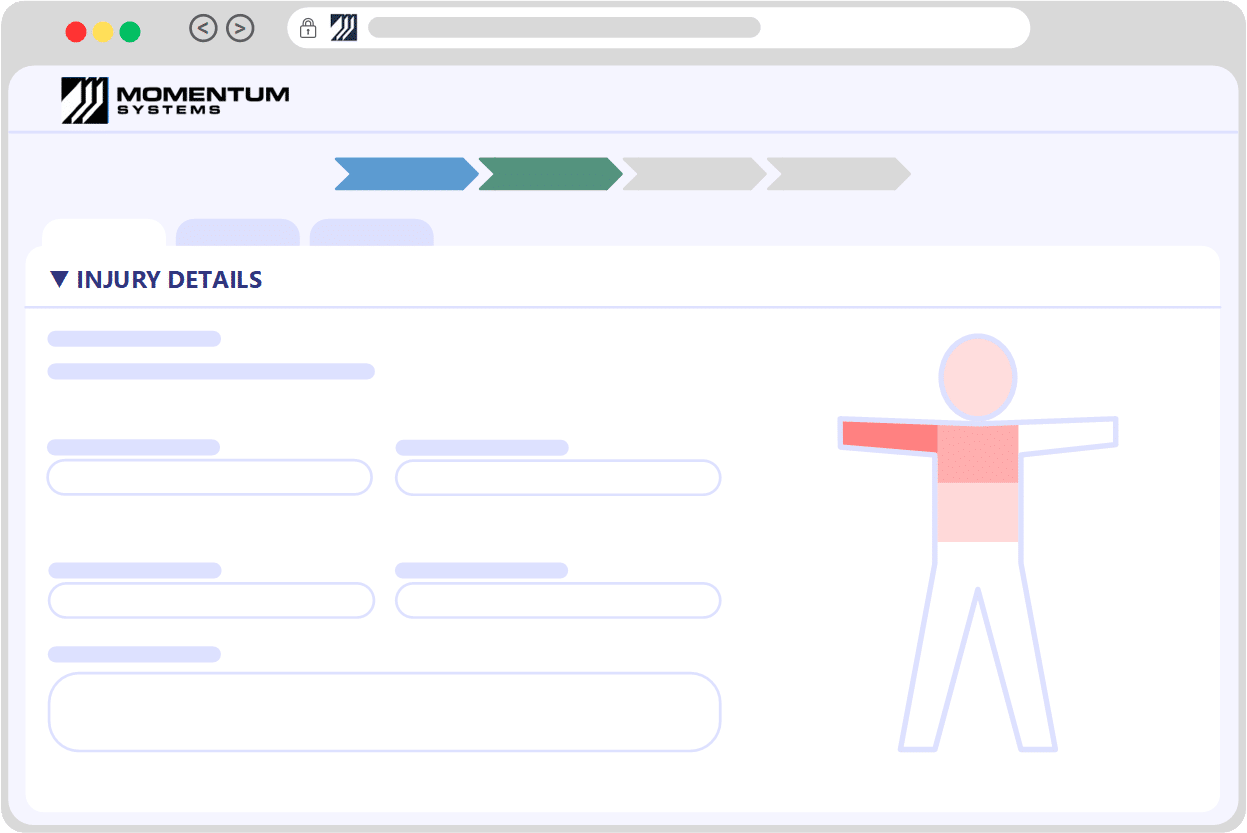
Hazard management
Hazard management is an ongoing endeavour critical to enhancing workplace health and safety within any organization.
Momentum QMS implements a strategic problem-solving workflow with the goals of:
- Defining the problem by identifying potential hazards,
- Gathering information to comprehensively assess associated risks
- Taking decisive action to mitigate these risks effectively.
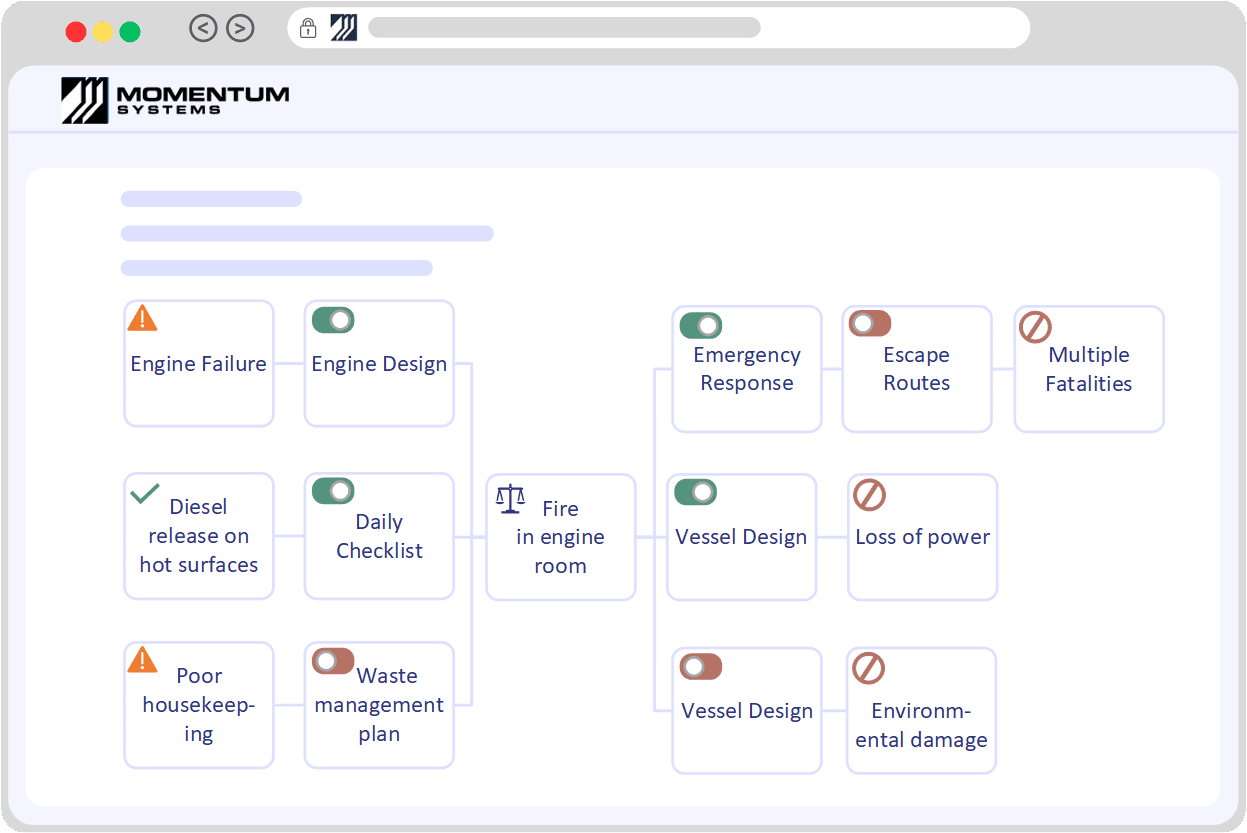
Risk-Based Decision Making
Integrated Risk Assessments are pivotal in empowering organizations to adopt a risk-based approach in their decision-making processes. By utilizing BowTie analysis, teams can vividly visualize and effectively communicate the intricate dynamics of potential threats, along with the consequential repercussions, should a risk materialize. This method not only demystifies complex scenarios but also aids in crafting preemptive strategies, fostering a proactive safety culture.

Audits and Inspection ManagementMobile Friendly
Elevate your quality management efficiency with Momentum QMS. Effortlessly import existing checklists and capture detailed inputs, including custom responses, photos, and electronic signatures. Enhance accountability by instantly raising findings and assigning corrective actions to team members or external users. Stay ahead with scheduled audits, ensuring follow-through and closure on previous issues. With Momentum QMS, streamline your processes and reinforce a culture of continuous improvement and compliance.

Discover the Full Potential of Momentum QMS20+ Modules or Customize to Fit Your Needs
Modify one of our existing modules or build your own modules from scratch. Automating manual processes has never been easier. All modules come with industry best practices and they are all included with no restrictions. The hardest decision you have to make is decide which module to start with.
- Aspects and Objectives
- Audits
- Calibration and Maintenance
- Change Management
- Corrective and Preventive Action
- Customer Feedback
- Delegation
- Document Control
- HACCP
- Health and Safety
- Deviations
- Job Safety
- Master Data
- Meeting Management
- Non-conforming Material
- Operations
- Product Specification Management
- Project Control
- Receiving and Inspections
- Risk Management
- Supplier Management
- Training and Learning Management
What Our Customers SaySee why clients around the world trust Momentum QMS to reduce costs and boost productivity, innovation, and competitiveness.

"The range of modules available is extensive. The existing modules and out-of-the-box functionality are easy to use and well designed. New modules can be created where required and existing modules adapted and customised to user needs."
Fiona M.
Quality Manager

"While many companies offer a software application to manage specific areas of a QMS I was looking for a "One Stop Shop" where I could manage all aspects of the quality system and utilize it to drive continuous improvement! Momentum QMS checked every box on the list (and then some)."
Ryan B.
Quality Manager
See why we are the most flexible and cost effective platform in the market today.
